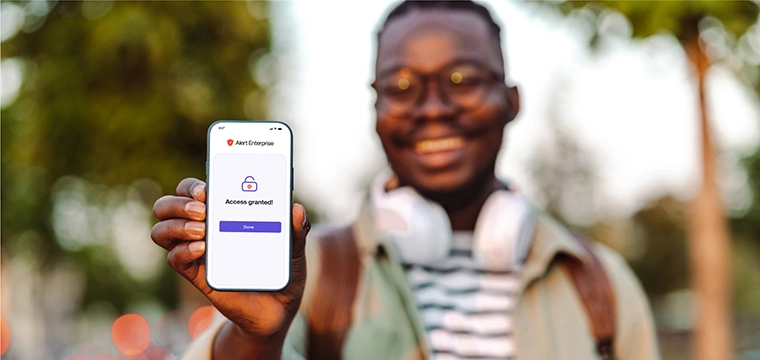 New report enables programs to compare against similar institutions
New report enables programs to compare against similar institutions
It all started when one university wanted to compare the performance of its campus card office to others. An apples and oranges problem emerged. Just because another school is nearby or of similar size doesn’t mean it will have the same type of campus card program.
Thus was born the benchmarking survey sponsored by the National Association of Campus Card Users (NACCU). The main purpose is to help a card office see how it’s performing against card offices in other parts of the state or country and to explain what tasks each of the offices perform at the schools, explains Frank Adams, assistant professor in the Department of Marketing at Mississippi State University.
To help card offices better utilize the results of the ongoing survey, NACCU held a webinar, “How to Analyze and Leverage the NACCU Benchmarking Survey for Your Office’s Advantage,” led by Adams.
He says the idea for the benchmarking survey first surfaced in 2008 while he was working at the University of Alabama. The card office director wanted a better way to convey the value of the campus card program to administrators, explains Adams. “As I learned about how a card office worked, I knew it wouldn’t be possible to benchmark against other schools without more data,” he says.
Adams started talking to a variety of card offices to see what they do, what they offer and what’s important to measure. The first results were released in 2010 and the second survey covering 2011 results is underway. NACCU plans to conduct a benchmarking survey every two years, says Jorrun Liston, the organization’s education director.
The survey found that a campus card office can support as few as 174 card users or more than 100,000. “The average card office serves nearly 23,000 card holders and processes nearly 4 million transactions per year,” according the document, “yet serves these needs with only three full-time staff members.”
A key purpose of the research is to let people outside of the card program know what tasks these offices perform. “Like a public utility, it fills a very specific niche in the institution’s ecosystem. You’re not aware it’s there until it quits working,” says Adams. “In reality, it’s the nerve center of the institution.”
Adams says he wanted to compare where different schools were with their programs. “If you’re going to benchmark any industry or activity you have to look at the players in that environment, whom they’re similar to and whom they’re different from,” he adds .
Maybe the program isn’t similar to an institution down the road but rather one on the other side of the country. There were specific items Adams looked for to determine similarities and differences including:
He says NACCU will be comparing these surveys over time to gather better performance measures. The survey looks at what affects performance and what happens in the card office to influence that performance.
How are NACCU and its members expected to utilize these results?
First, card offices need to be given a better sense of where they deliver value, says Adams. Just saying you deliver value is often not enough.
Next, if one school finds another that’s similar, directors can compare debit transaction volumes and other indicators to gauge performance.
The survey can also enable campuses to chart progress. For instance, they may be best in class for like institutions or they may need more resources to grow the program. The report will potentially list such resources and help program directors make a case for obtaining them.
When it comes to allocating resources and asking higher-ups for more, it helps to have data to make the case. “Resource commitment is a big deal and communicating with your supervisor is critical,” Adams adds. This, says Adams, is where benchmarking shines.
Results are available to NACCU members at the organization’s website. Four separate documents–Executive Summary, Cluster Analysis Results, Summary of the Card Office Characteristics and Services Provided by Cluster–are available via password-protected download.




